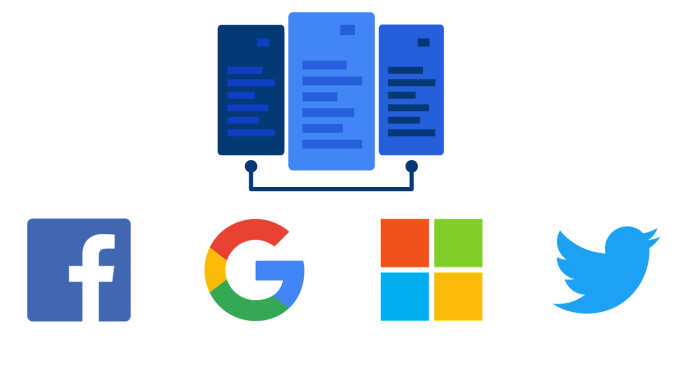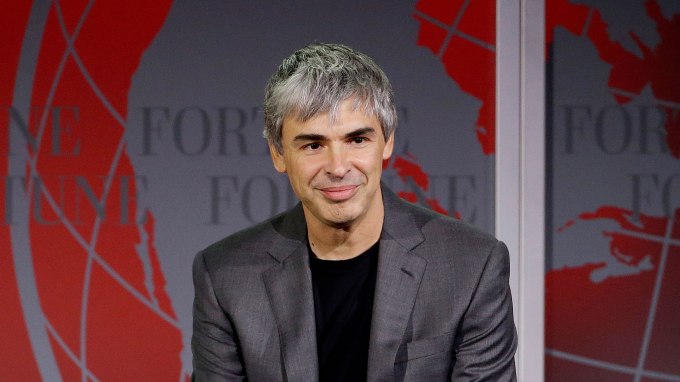Dale Stephens
Contributor
Dale Stephens was one of the first Thiel Fellows and ran an education company for six years. These days he works an executive coach, helping entrepreneurs and executives grow as fast as their companies.
These days, most days are good days. My clients are founder and executives, I set my own schedule, and I live in a city I love. As an executive coach and advisor, I work with founders and CEOs of companies who have raised more than $100M. Like any enterprise, it’s taken a lot of building, planning, and failing for me to get where I am.
What I’m supposed to tell you is that I worked hard and persevered – and I did.
But what I’m not supposed to tell you is how it felt to do all that failing, and above all how, for years, shame was the primary emotion that guided my life and career. How, at my lowest point, I felt worthless. How I even contemplated self-harm.
It takes a herculean energy to start a company, which is maybe why, so often, our stories sound like myths. Mine went something like this: If I could just raise money from a top-tier VC, get to $1M in revenue, and sell the business for more than $5M, then I’d be good enough. I’d be the successful young adult I wanted to be. Then, once I had made my first million, I could take a swing and start a billion-dollar company.
The fact that I didn’t feel worthy of love, that I lacked inherent value, drove my decisions. My failure to reach the goals I set reinforced the belief I that I was unworthy. Luckily, I eventually found the self-awareness to realize that blindly pursuing goals I couldn’t achieve was unhealthy.
But I didn’t expect that walking away from my job as CEO would break me, nor did I realize how far I would sink.
I thought that if I was “successful,” people would see that I wasn’t flawed, and I’d finally be worth something.
After extensive therapy, it’s easy for me to see how misguided I was from the outset. Shame, most of the time, is a thing of the past. But for a long time, it fueled every decision I made yet never seemed to exhaust itself – there was always more. In the business world, this is more common than we’re led to think — almost every entrepreneur I meet shares an experience “otherness.” We glorify failure, but we don’t have the patience to honor the pain that turns into the shame of feeling “I’m not good enough.”
We are supposed to be resolute, driven, and resilient. To that end, I want to share what I’ve learned so others who struggle with worthlessness know they aren’t alone, and that happiness – and enjoying success – is still possible.
Accidentally Starting a Company
At 19, I didn’t have a grand plan to change higher education. I was simply a pissed off freshman in college. In an interview with the Chronicle of Higher Education, Jeff Young asked me: what would I do with UnCollege, the site I’d just put online?
UnCollege was a fledgling website I’d created out of my frustration in college. It was designed to create a community of people who were frustrated with the status quo in higher education. In that pivotal moment, when Young asked about my plans for the site, I immediately tied my self-worth to its future. It was, after all, the reason I was being interviewed by a major publication. I had to turn UnCollege into something, or else I’d be a failure – and worse, everyone would know it, because now it was public.
From then on, I started a mental list of what I needed to do to be a successful entrepreneur. My list grew quickly and each item carried a familiar caveat. I must write a book or I’m worthless. I must start a company and raise $1M or I’m worthless I must speak at conferences around the world or I’m worthless.
I did raise money. I did start the company. I got to $1M in revenue. Each time I checked one of these boxes, I wasn’t happier. I started to be afraid I would never feel I was enough. I didn’t feel “successful,” especially in the way I saw success portrayed by others, both online and in the industry.
I thought that if I was “successful,” people would see that I wasn’t flawed, and I’d finally be worth something. What I didn’t know is that each time I checked something off my mental checklist, I’d be consumed with shame and insecurity, needing to check the next item off the list in order to feel worthy.
Instead, I felt trapped. I didn’t yet know that self-worth must come from within.
Mistaking my work for self-worth
I realized quickly that I’d committed myself to starting a company because I was afraid of failure, not because I had carefully considered what problem I wanted to dedicate the next ten years of my life to solving. Nonetheless, UnCollege enrolled its first students in September 2013.
That fall, I began to suspect I’d made a mistake. But I was afraid to tell my investors, and those that had supported me to get the business this far. My survival skill was to smile and act like I knew better than everyone else. If only I’d had the courage to sincerely ask for advice.
One consequence of not asking for help was I had to let go of two of the first people I hired, and layoff two more because we didn’t have the cash.
The first cohort was a disaster. I hadn’t designed a properly structured curriculum, and students were dissatisfied. The students liked the community of self-directed learners, but the company wasn’t delivering value beyond the community. Two weeks before the end of the semester, the students declared mutiny and demanded to know what we were going to do to improve the program.
I was terrified and wanted to leave, but we’d already taken money for the next cohort of students. I believed I didn’t have any other choice. We created a coaching program, hired coaches, built two dozen new workshops, and started working to get students placed into internships. The coaching model we built worked, and we spent the next two years improving it.
In the spring of 2015, I called my lead investor, my voice shaking. He knew that I had my share of fear and insecurity, but I told him clearly that day “I can’t do this anymore. It’s going to break me.”
Ignoring my feelings was a survival skill as child. Ignoring the doubt and anxiety caused by early critics allowed me to push through and launch a company. But it was also my achilles heel.
At the same time I was experiencing burnout, the company was pivoting from a college alternative into a pre-college program. The board agreed: it was time to hire a CEO.
After hiring a CEO, it became more difficult to motivate myself to go to work every day. Getting out of bed became a chore. One morning, after a breakfast with a prospective investor at the Four Seasons, I sat down on a bench outside and began to cry. Looking up, I saw one of our previous students waving at me, and quickly wipe away my tears to give him a faint smile.
I felt embarrassed, weak, and helpless.
Deriving identity from my work wasn’t working, and I knew I had to put an end to it. But what were my alternatives?
I was excited for my company and its new leadership, but I was anxious. I was empty. I didn’t know where the company stopped and I began. At my 25th birthday dinner, I couldn’t eat. I was consumed by shame, by fear. I managed to hold off all through dinner, but as soon as I arrived home I broke down sobbing.
Shame is a Habit
In December, I was no longer CEO of my own company. Six months later, I couldn’t get out of bed.
Those first few months I spent catching my breath. I was still on the board of the company, but I didn’t control it. As I began constructing a life post-UnCollege, I had no idea where to start. I didn’t yet realize it, but I needed to go through the individuation process – to figure out who I was and what I believed, independent of my family of origin. Already 25, I’d managed to avoid these questions. The irony is not lost on me that most of my peers faced them in college.
Shame is a consumptive state of being. The longer I went without answers to questions tied to my selfhood, the more shame ate me up. What did I care about? Did I make the right choice? Was the sacrifice I’d made to start this company worth it? Had I taken the wrong path? Was all the pain I’d been through a waste? Would I ever learn to feel happy again? I was beginning to feel as if I had no self at all.
Without a job to make me feel useful, I spent most days drinking at Dolores Park in San Francisco. I knew this wasn’t healthy, but I convinced myself I deserved it after years of hard work. Again, I was only 25. Life had lost its color. Things that once brought me joy no longer did. I could no longer grin and bear the pain. Believing my own bullshit about how I was going to be OK was no longer working. The more this cycle continued, the stronger it got, and the weaker I felt – all the more trapped.
Even the most successful people carry trauma, and often lash themselves onward with its whip
One Monday in October, I found myself completely unable to function. Alone in my house, I realized I hadn’t gotten out of bed or eaten a meal for several days. I was supposed to get on a plane to fly to Minneapolis, and I just couldn’t bring myself to do it. Instead, I called my dad, who encouraged me to message my doctor and say, “I think I might be depressed.” I was still too scared to pick up the phone, and it would be another few months before I uttered those words out loud. I started therapy, but things got worse before they got better.
Beyond “I’m sad that my company didn’t turn into what I wanted,” I didn’t have names for my emotions. A lightbulb moment came when my therapist asked, “When have you felt anxiety?” The only example I could think of was the time my company was only a few days from running out of cash.
“Have you ever considered that you only feel your emotions at extremes – a 20, for example, on a 1-10 scale? It’s human to feel anxiety in day-to-day life.”
That opened a door. I wasn’t just sad about leaving my company: I felt shame that I wasn’t “successful.” It wasn’t only my identity I’d tied to the business, but my self-worth. Deep down, my core belief that I – myself – wasn’t good enough. This is shame by definition: a hole that forms in our deepest selves we can never fill because it seems permanent; it seems, by nature, that this is who we are, not what we have done.
Shame often comes from feeling different as a child. In my case, I stuttered as a child. My voice was too ugly to be heard, so I concealed it. I used synonyms to avoid the sounds I couldn’t make. I did this because I couldn’t handle the intense shame of not being able to say my own last name without stuttering. In doing so, I learned to ignore, to numb those intense feelings of shame. I coped, and because I learned to cope so early in life, I learned to numb the rest of my feelings along with it.
By the time I launched a company, all those feelings that tell us “something’s wrong” – sadness, exhaustion, frustration, embarrassment, anxiety, guilt, and so on – were so buried and so unnamed that I could only tell myself “You are what’s wrong” when I hit a block, when I encountered the normal and natural failures that entrepreneurs face every day, no matter how successful in the long run.
Ignoring my feelings was a survival skill as child. Ignoring the doubt and anxiety caused by early critics allowed me to push through and launch a company. But it was also my achilles heel. It led me to derive my identity and self-worth from my work.
A CEO, the story goes, has it all together: a CEO is a visionary who sees around corners without any help. Because of this, I couldn’t give myself permission to ask for help, and when I left the company, I lacked the vocabulary or awareness to describe my feelings. My perfectionism, which long ago enabled me to ignore my stuttering, had associated help with failure, and failure with shame.
All these years later, I still couldn’t allow myself to ask for help.
Learning to tame trauma
Stress, overwhelm, burnout: these were the closest words I had to describe my feelings. This is startup lingo for things you cycle through now and again, and the story goes that we push past them and keep working. But these aren’t emotions. They are coverups for feelings of pain and shame. Ultimately, they describe trauma.
When most people think of trauma they imagine a car crash, or maybe a natural disaster or physical assault. An event that curtails your ability to function entirely. But trauma is simply a piece of the past we carry with us in the present that shapes us — in both positive and negative ways.
In my coaching career, I’ve worked with entrepreneurs and executives who felt too pretty, too ugly, too gay, too fat, too foreign, too dumb, too smart, too dark, or too light. These were the holes of shame they couldn’t fill and believed would always be there. They weren’t by any means failures: even the most successful people carry trauma, and often lash themselves onward with its whip. But shame is something even the best of us can’t outrun. Eventually it catches up with you. It took me years to understand this, and being compassionate towards myself will be a lifelong journey.
Once I had the vocabulary to separate my self-worth from my professional ambitions, UnCollege was a failure I could be proud of, not to mention a learning experience I could bring to my next project: Helping others learn to love themselves, and as a result, build wildly successful companies.

Source: Tech Crunch



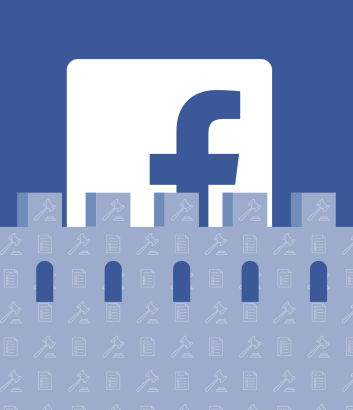 If Facebook users are fed up with the surveillance, security breaches, false news, or hatred, there’s no western general purpose social network with scale for them to join. Twitter is for short-form public content, Snapchat is for ephemeral communication. Tumblr is neglected. Google+ is dead. Instagram is owned by Facebook. And the rest are either Chinese, single-purpose, or tiny.
If Facebook users are fed up with the surveillance, security breaches, false news, or hatred, there’s no western general purpose social network with scale for them to join. Twitter is for short-form public content, Snapchat is for ephemeral communication. Tumblr is neglected. Google+ is dead. Instagram is owned by Facebook. And the rest are either Chinese, single-purpose, or tiny.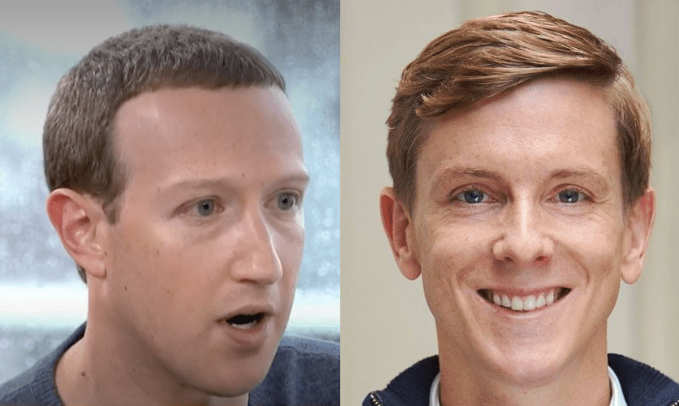
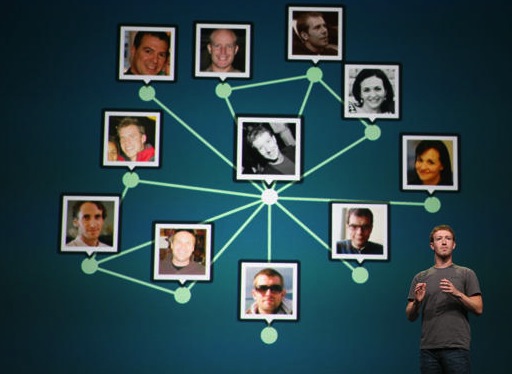
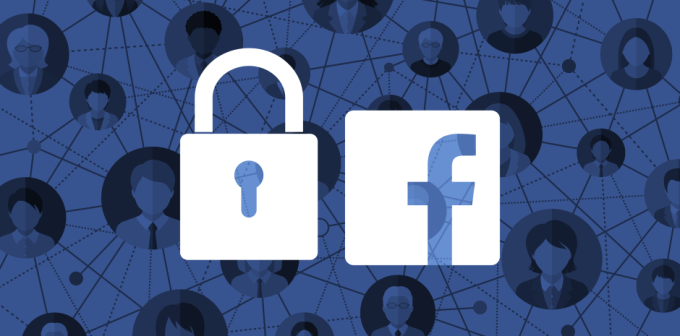
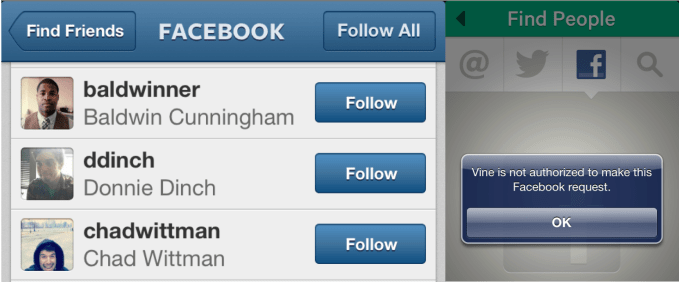
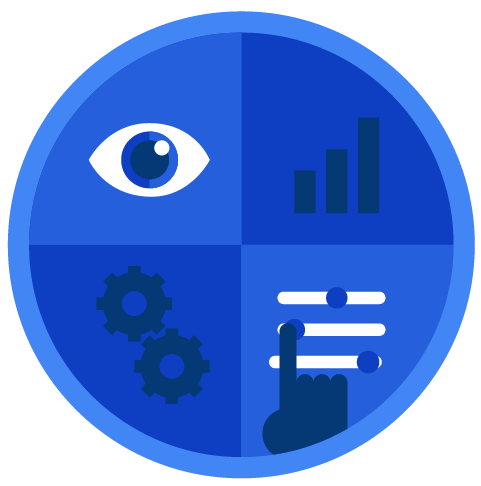 To do that, Facebook should allow you to download a version of the list that feature hashed versions of the phone numbers and email addresses friends used to sign up. You wouldn’t be able to read that contact info or
To do that, Facebook should allow you to download a version of the list that feature hashed versions of the phone numbers and email addresses friends used to sign up. You wouldn’t be able to read that contact info or